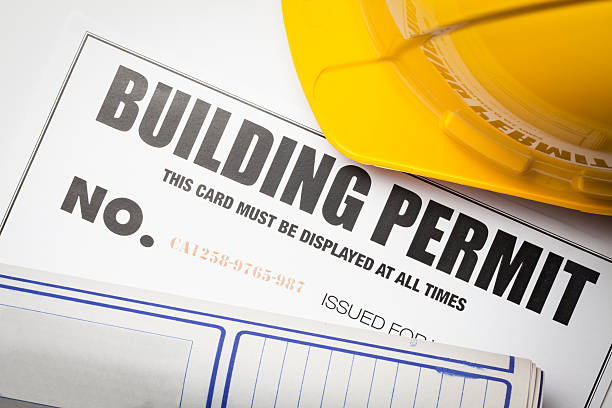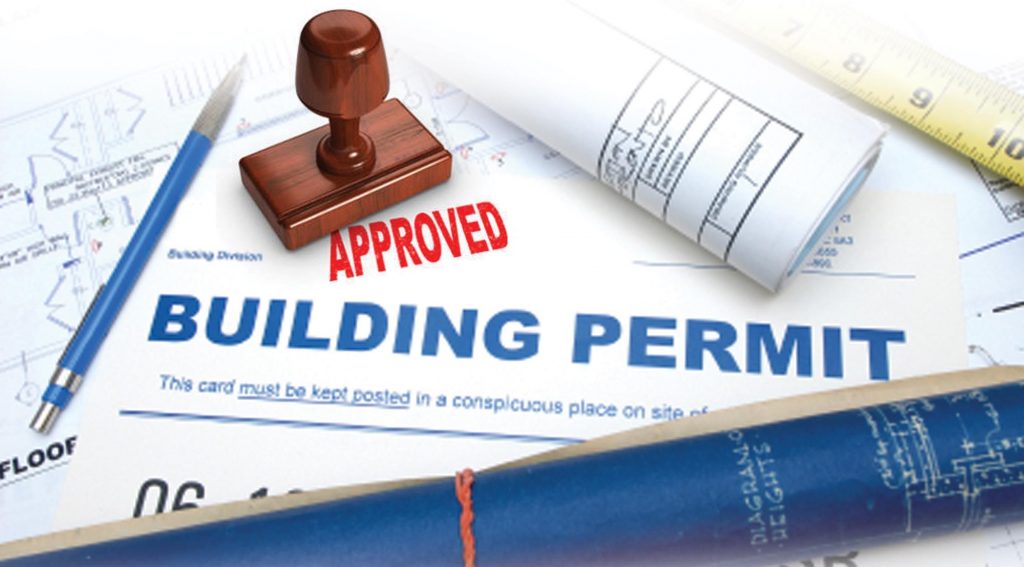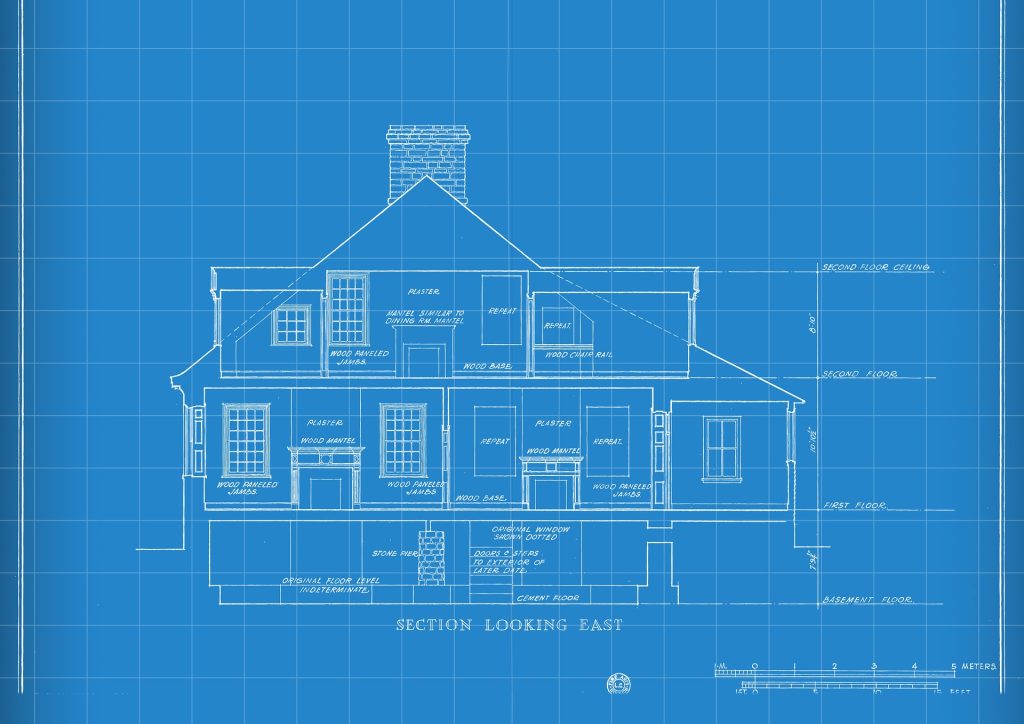What is a Plan Review? And why does one have to be done?
What is a plan check? And why does one have to be done?
When you submit a building permit application you are telling the building department what you would like to build at your house or in your building. The person reviewing your documents are called plans examiners, and they are tasked with ensuring the proposed plans meet the current building code.
What is a Plan Review? And why does one have to be done? Read More »









